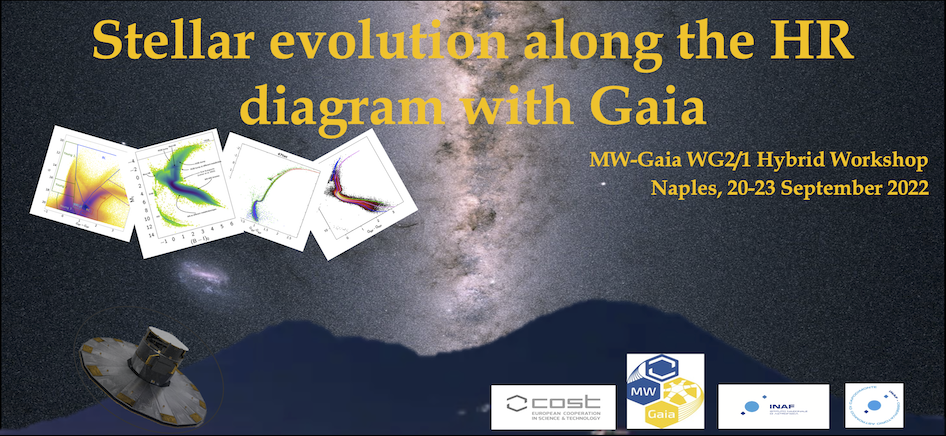Speaker
Description
The evolution of white dwarfs is a gravothermal process of cooling that allows them to be be used for reconstructing or at least for constraining the evolution of several Galactic populations of stars. At present, the number of white dwarfs with reasonably good parallaxes and photometric data is ~300,000 thanks to the Gaia mission. These data together with the spectroscopic information obtained by different surveys have shown the existence of structures in the HR-domain of white dwarfs and have provided luminosity functions of unprecedented precision that open new perspectives about the evolution of white dwarfs. One of them is crystallization. This process releases energy via latent heat and through the sedimentation of heavier chemical species by a change of solubility during the transition liquid-solid and consequently it slows down the cooling evoution. This effect raises a new problem, the dependence on the initial metallicity, an aspect that cannot be longer neglected and that it is hard to include since it is impossible to estimate the original metallicity of the parent star of isolated white dwarfs. One possible way to solve or to palliate this problem is to obtain the luminosity function of white dwarfs that are members of non-interacting binaries.

